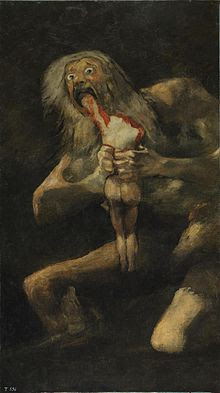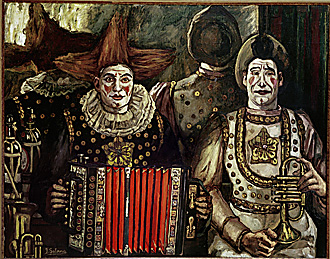 |
| James Tissot - Holyday |
If there was a painter who had the ability of portraying fashion, James Tissot (1836-1902) is by far my favourite of all times. Fashion and the subtil elegance of his beautiful contemporary women, is shown in various scenes of everyday life, choosing as background random scenarios as the streets of Paris around the Opera or just a relaxed picnic in the park among friends.
James Tissot was born in France - Nantes, and being the son of a drapery merchant involved on the fashion industry it is believed that all the fashionable environment where he lived may have been surely an influence on his painting style, as he depicted women’s clothing in fine detail giving an outstanding contribution to fashion history.
A couple of years ago I had the opportunity to visit in London an incredible Impressionist exhibition where fashionable 19 century dresses where flanked by Tissot’s paintings showing live some of the dresses which were portrayed by his models and depicted on his paintings.
On his painting “Holiday” the scenario is framed by yellowing leaves of a chestnut tree besides a pond where a group of well dressed friends enjoy a rich picnic. The young woman, adorned probably with one of the latest fashionable stripped dresses, captivates our attention by her happy pose, irradiating beauty, giving us a sense of relaxed athmosfere spent with joyful friends which certainly play an important role on her life.
The canvas, painted in the backyard of Tissot’s London house sparkles with colour and exquisite detail. In his depiction of daily life in an outdoor setting, Tissot shares the realism of French artists as Manet (Déjeuner sur L’herbe) but his style is also akin to the Impressionists, contemporary of Tissot, having nevertheless differences regarding the elegant society subjects and the crystal-clear visions of portrayed details.




































